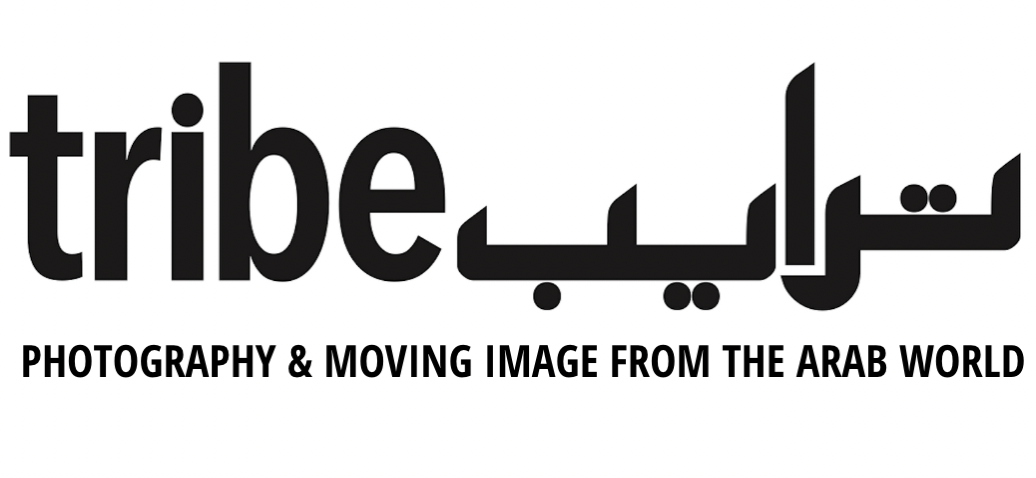Ammar Al Attar: Sibeel Water
A culture of sharing
Ammar Al Attar, Sibeel Water 1 (2013). Courtesy of the artist and Cuadro Fine Art Gallery.
With text by Alexandra MacGlip, curator and art historian.
The inspiration behind Ammar Al Attar’s Sibeel Water project was an article he came across in the National Geographic about the problem of water scarcity in the Gulf region. It sparked his idea to document the charity water fountains he passed on a daily basis, which range from simple steel boxes to ornamental, mosaic-covered ones. In Arabic Sibeel means something left by the road for all passersby to share. Al Attar was interested in the idea that water is scarce but is given freely to people: “The Sibeel Water project is an illustration of giving something that is scarce in our region, and this is deeply rooted in our values, that we are giving something that is limited.” In local Bedouin and Islamic traditions guests should always be offered hospitality in the form of dates, coffee, water and food. What is limited should be shared.
Al Attar began the Sibeel Water project during his AiR Dubai residency in 2013. He decided to document and photograph all the various styles of charity fountains he came across in differentiates, from mosques to markets. For the AiR Dubai Open Studios, he exhibited a large grid of all the smaller photographs he had taken. Alongside these were three time-lapse videos he made of fountain sites: in Bur Dubai, by a mosque in Sharjah, and a bench with taps outside a large house in Um Al-Quwain. The latter has limited opening times to allow the owner to refill his tanks, as it was so widely used by people filling up large jars. The cameras’ four hours of footage was condensed to two minutes allowing viewers to experience the flow of people using the fountains and get a glimpse into their lives. Today’s fountains have improved since the ones Al Attar remembers from his childhood, which used to give him electric shocks. They now provide passerby with filtered water.
In Sharjah, fountain designs that reference Islamic architectural traditions are popular. Sibeel Water 1, recently shown at All the World’s A mosque in Tunis, documents the first mosaic tile fountain, which was located in the Heart of Sharjah but has now been relocated. Al Attar spoke to the engineer who installed it and learned that it was constructed from individual small tiles imported from Morocco. Importing the tiles turned out to be too expansive so the next mosaic fountains were made from large tiles painted to look like mosaics, as in Sibeel Water 4, in the Maraya Art Centre collection. When you look at these photographs of tiled fountains you do not immediately notice the taps. For Al Attar this is symbolic, if you concentrate then you see the culture, the important things, not just the surface pattern. In this wider practice he is interested in capturing on film that which we don’t see or are losing. He works in series and has documented prayer rooms in public buildings as well as demolition orders spray-painted onto the sides of buildings. In his current project Reverse Moments, he is creating a fascinating archive of UAE photography studios, some of which have been since the 1960s that are now threatened by changing technology.


